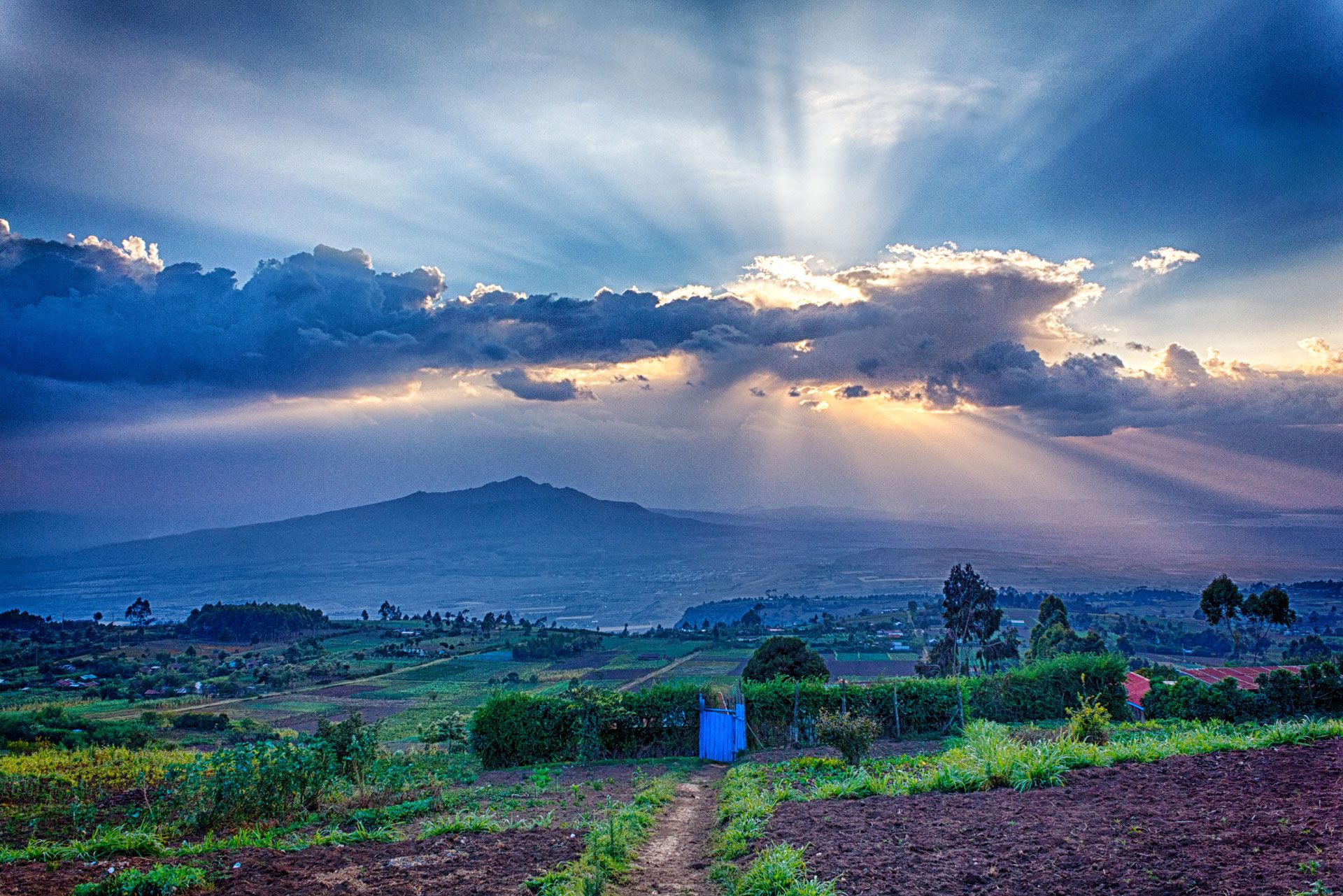
Best Photography Spots in Kenya 2025: Ultimate Guide to Landscape & Wildlife Photography
7 min readKenya stands as one of the world's premier destinations for both landscape and wildlife photography, offering diverse ecosystems that span from snow-capped mountains to pristine coastlines, vast savannas to ancient deserts. From the iconic silhouettes of Amboseli's elephants against Mount Kilimanjaro to the dramatic volcanic landscapes of Lake Turkana, Kenya provides photographers with endless opportunities to capture Africa's raw beauty and incredible biodiversity.
Best Photography Spots in Kenya
- Kenya's Top Wildlife Photography Destinations
- 1. Maasai Mara National Reserve - The Crown Jewel
- 2. Amboseli National Park - Elephants and Kilimanjaro
- 3. Tsavo National Parks - Rugged Wilderness
- 4. Samburu National Reserve - Unique Species
- Kenya's Premier Landscape Photography Locations
- 1. Mount Kenya National Park - Alpine Majesty
- 2. Lake Turkana - Desert Lake Majesty
- 3. Great Rift Valley - Geological Drama
- 4. Coastal Landscapes - Indian Ocean Beauty
- Technical Photography Tips for Kenya
- Camera Settings for Wildlife
- Lens Recommendations
- Essential Accessories
- Seasonal Photography Planning
- Dry Season (June-October)
- Wet Season (November-May)
- Cultural and Ethical Photography Considerations
- Photographing Local Communities
- Wildlife Photography Ethics
- Post-Processing for Kenya Photography
- Landscape Enhancement
- Wildlife Processing
- Planning Your Kenya Photography Safari
- Duration Recommendations
- Budget Considerations
- Transportation
- Frequently Asked Questions About Kenya Photography
Kenya's Top Wildlife Photography Destinations
1. Maasai Mara National Reserve - The Crown Jewel
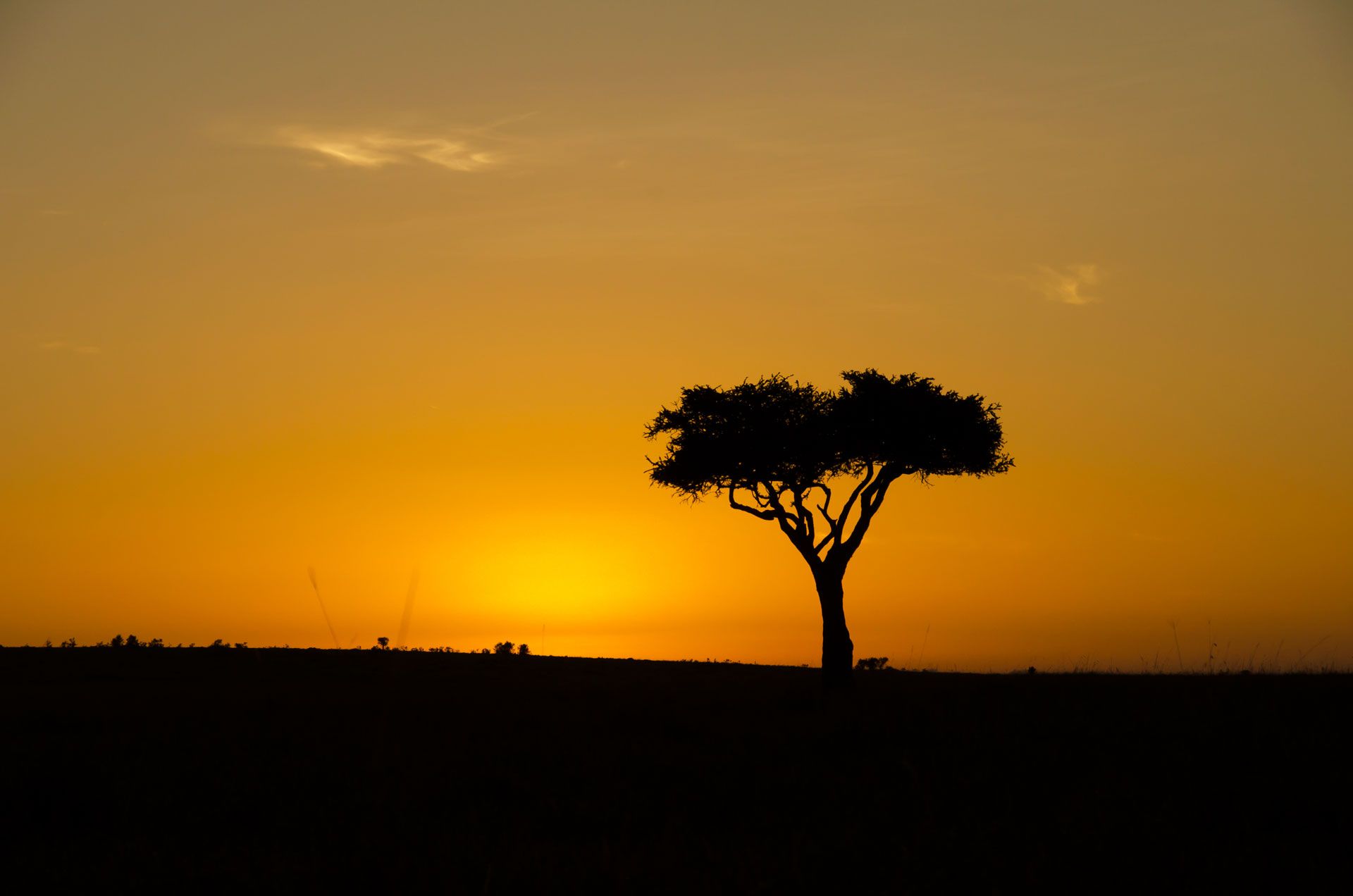
The Maasai Mara stands as Kenya's most famous and photographically rewarding wildlife destination. Situated in the Great Rift Valley in the southwest of Kenya, the Maasai Mara is a photographer's haven teeming with some of Africa's most sought-after and quintessential wildlife and landscapes.
What to Photograph:
- The Great Migration (July-October) with millions of wildebeest and zebras
- Big cats including lions, leopards, and cheetahs in action
- Dramatic sunrise and sunset silhouettes
- River crossings at the Mara River
- Traditional Maasai communities and their colorful culture
Best Photography Times:
- Golden Hour: 6:00-8:00 AM and 5:00-7:00 PM for warm lighting
- Migration Season: July-October for river crossings and massive herds
- Dry Season: June-October for concentrated wildlife around water sources
Photography Tips:
- Use telephoto lenses (400-600mm) for wildlife close-ups
- Bring a wide-angle lens for landscape and herd shots
- Position yourself downstream from river crossings for dramatic angles
- Focus on individual animals rather than just large groups
2. Amboseli National Park - Elephants and Kilimanjaro
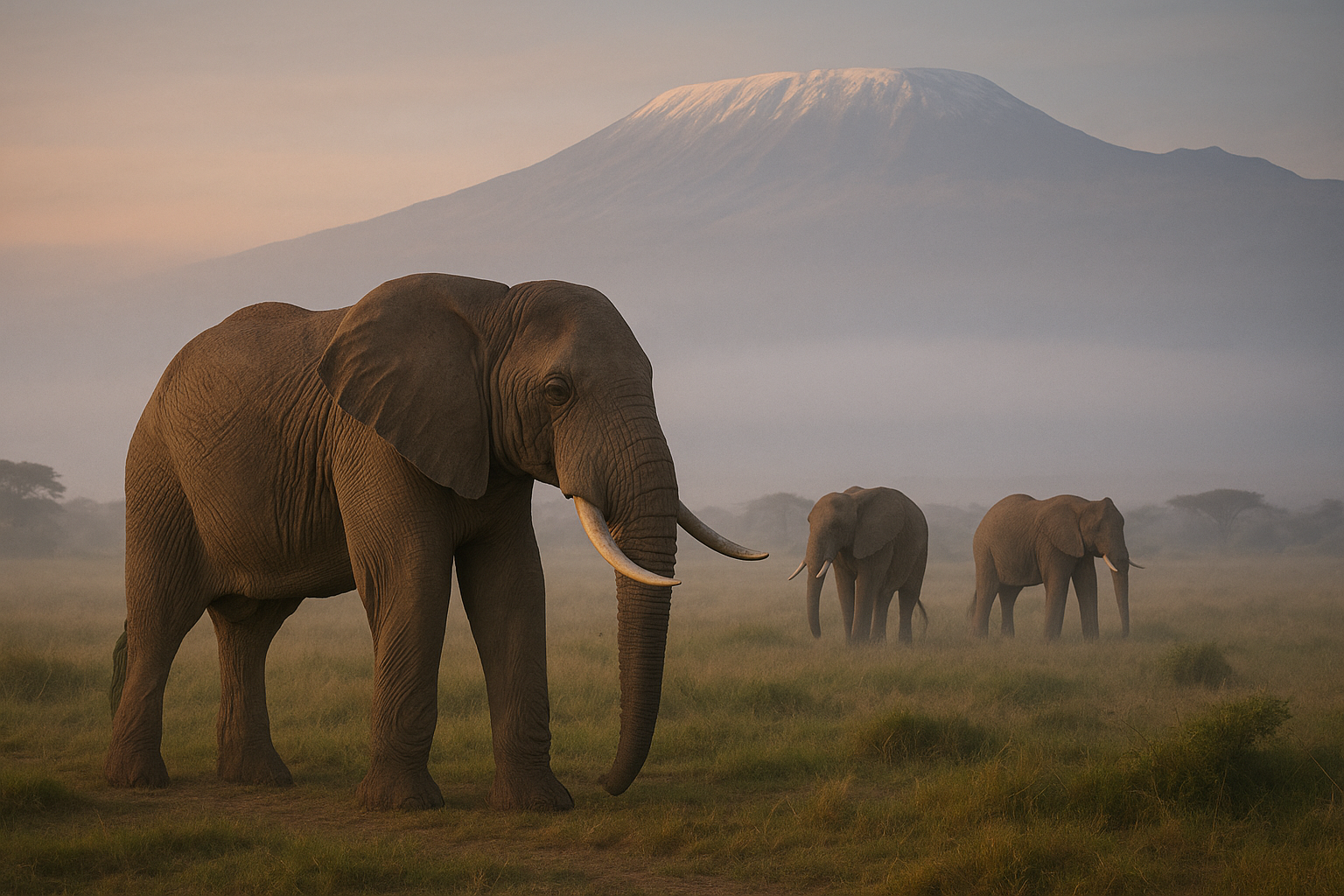
Amboseli National Park offers opportunities to photograph the super tusker elephants, making it one of the most rewarding destinations for elephant photography in Africa.
Signature Shots:
- Elephants silhouetted against Mount Kilimanjaro at sunset
- Large tusker elephants in golden grasslands
- Dust clouds created by elephant herds
- Acacia trees framing wildlife compositions
- Maasai pastoralists with their cattle
Optimal Photography Conditions:
- Clear Sky Days: Essential for Kilimanjaro backdrop shots
- Early Morning: 6:00-9:00 AM when Kilimanjaro is visible
- Dry Season: June-October and January-February for best mountain views
- Late Afternoon: 4:00-6:00 PM for dramatic lighting
Equipment Recommendations:
- 70-200mm lens for elephant portraits
- Wide-angle lens (16-35mm) for landscape compositions with Kilimanjaro
- Polarizing filter to enhance sky contrast
- Fast shutter speeds (1/500s+) to freeze dust and movement
3. Tsavo National Parks - Rugged Wilderness
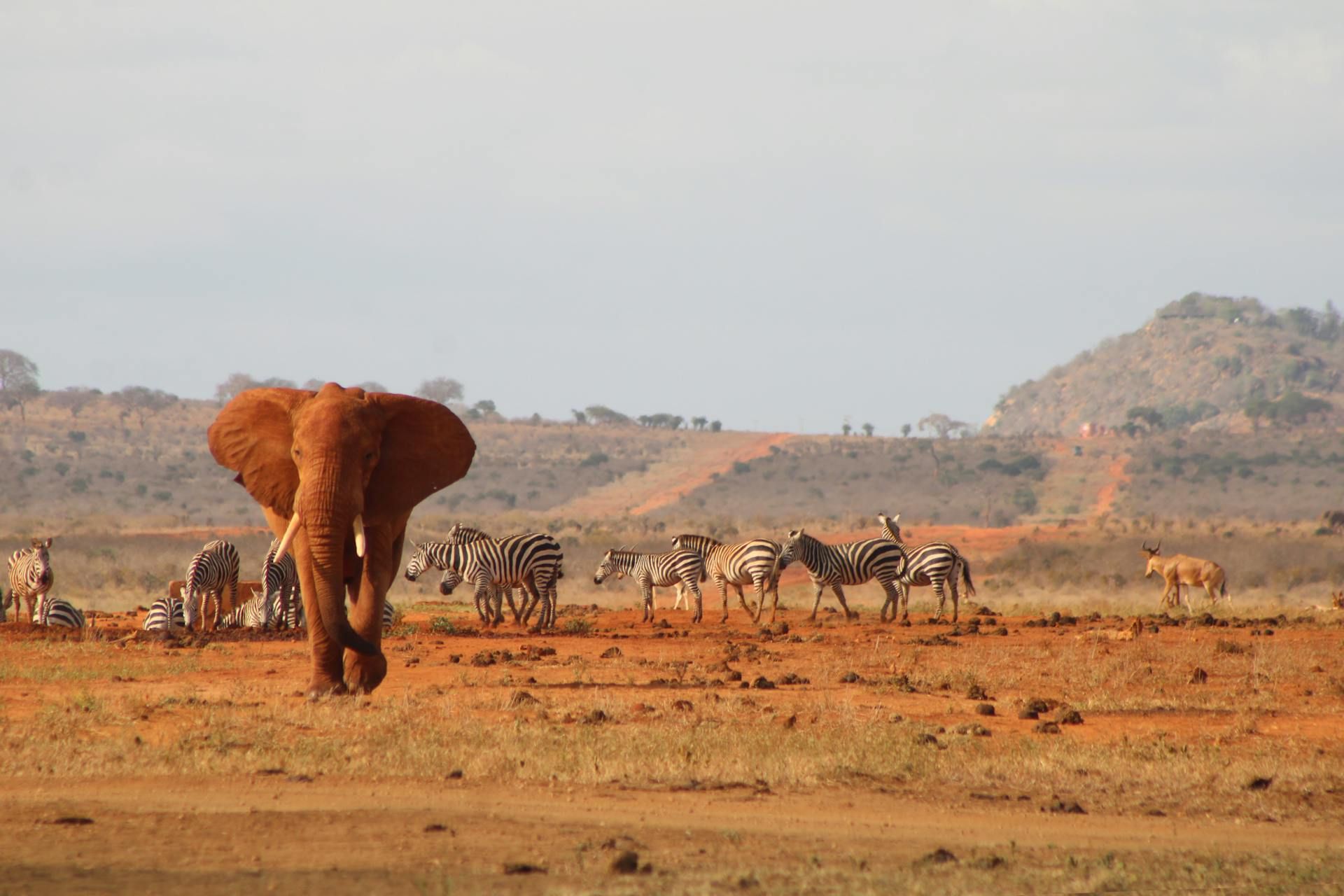
The two Tsavo National parks cover the largest protected areas for wildlife in Kenya, larger than the Maasai Mara National Reserve. These parks are home to rugged wilderness, a mix of open grasslands, plenty of acacia trees, Shetani lava flow, lava rocks, and scrubs.
Unique Photography Opportunities:
- Red elephants covered in iron-rich dust
- Dramatic lava rock formations and landscapes
- Baobab trees against African skies
- Lesser-crowded wildlife viewing for intimate shots
- Diverse bird species including hornbills and bee-eaters
Best Seasons:
- Dry Season: June-October for concentrated wildlife
- Wet Season: November-May for lush landscapes and bird photography
- Early Morning and Late Afternoon: Optimal lighting conditions
4. Samburu National Reserve - Unique Species
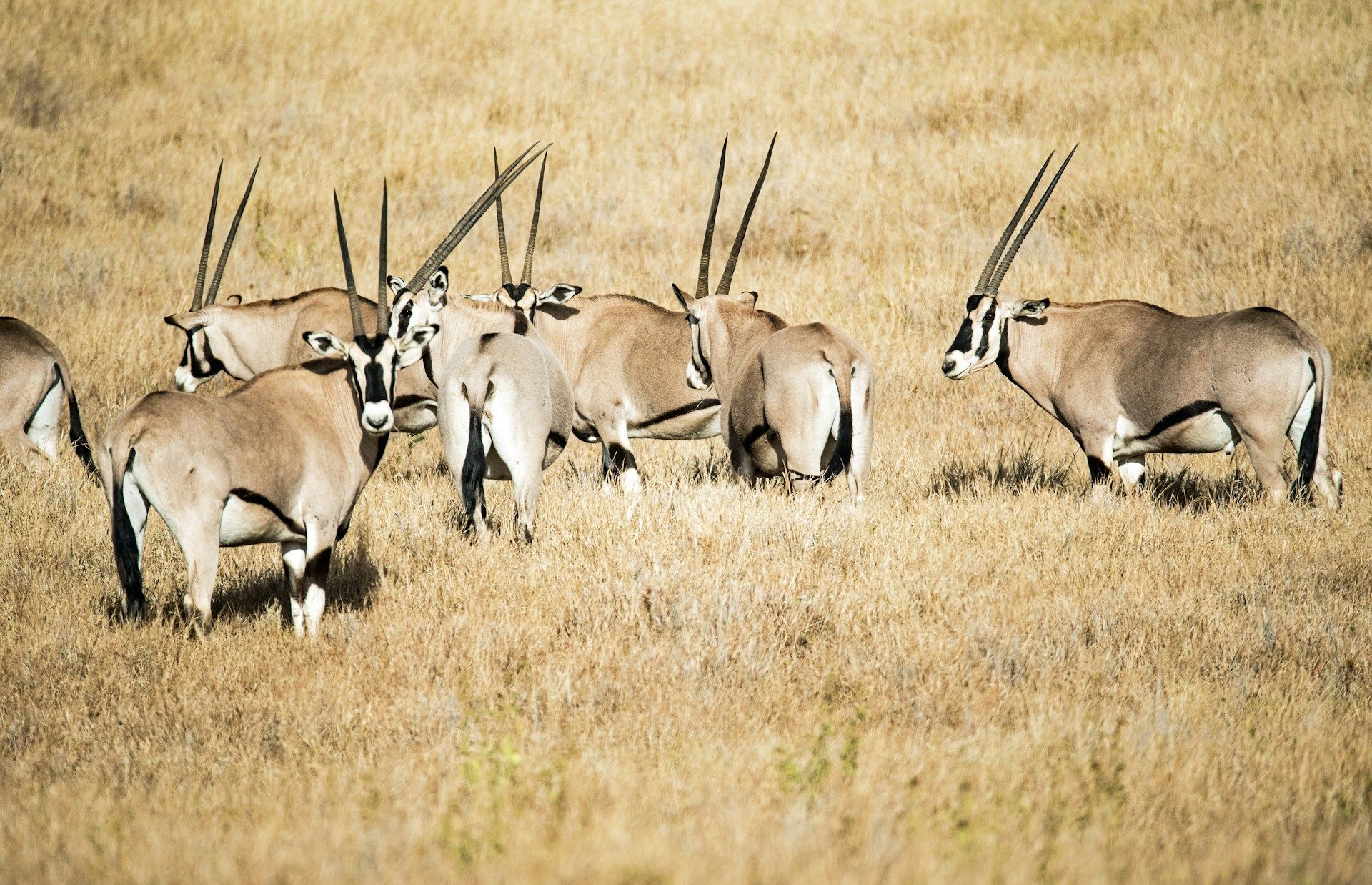
Samburu offers photographers access to unique wildlife species not found in southern Kenya, creating opportunities for distinctive portfolio pieces.
Special Wildlife Photography:
- Grevy's zebras with distinctive stripe patterns
- Reticulated giraffes with intricate coat designs
- Somali ostriches with blue-tinted necks
- Beisa oryx with long straight horns
- Gerenuk (giraffe-necked antelope) in characteristic poses
Photography Strategies:
- Focus on species-specific characteristics and behaviors
- Use the dramatic backdrop of the Ewaso Ng'iro River
- Capture interactions between different species
- Document the arid landscape adaptations
Kenya's Premier Landscape Photography Locations
1. Mount Kenya National Park - Alpine Majesty
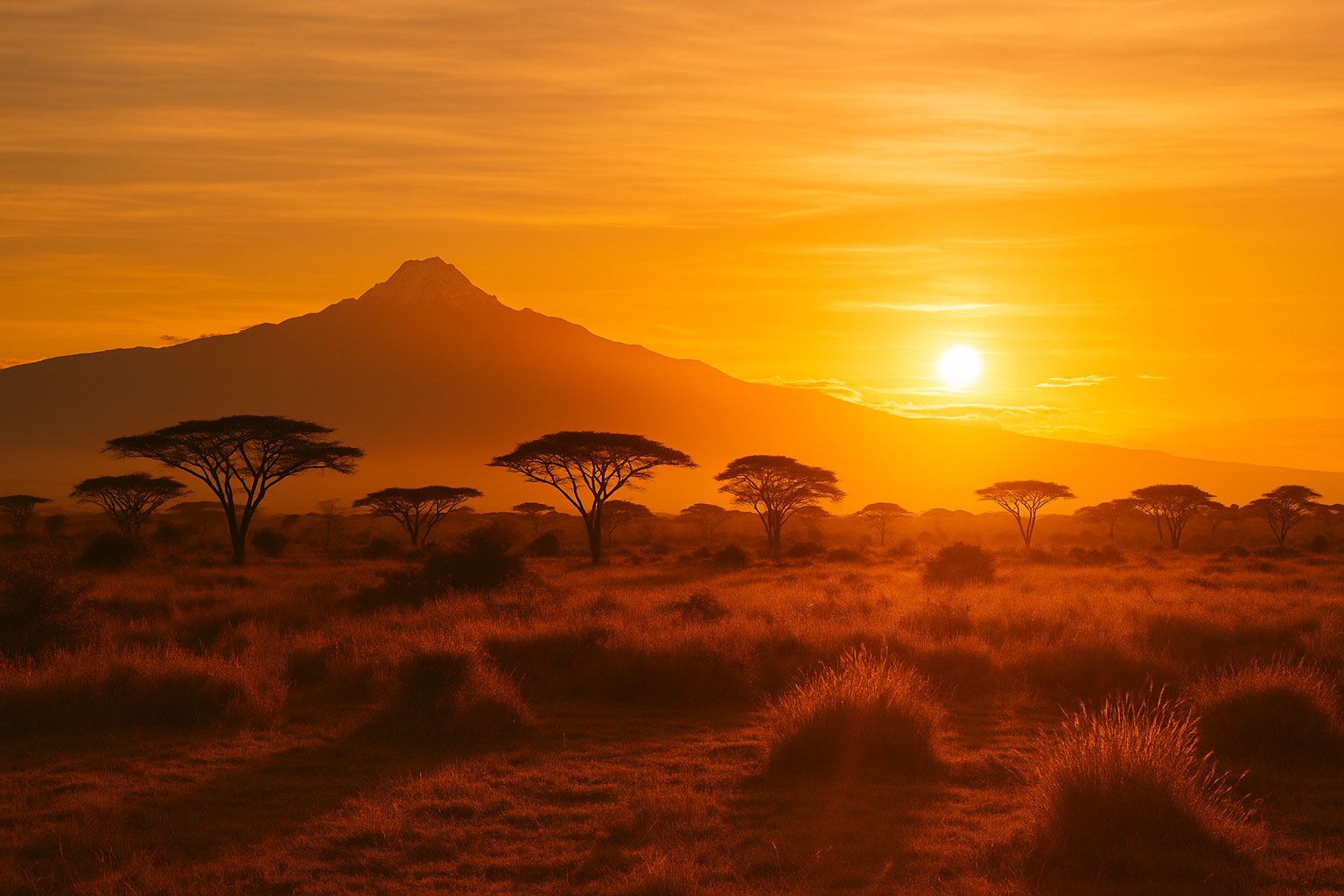
Mount Kenya National Park offers opportunities to capture the stunning landscapes and diverse vegetation zones of Mount Kenya, the country's highest peak and a UNESCO World Heritage site. The dramatic glaciers and rocky peaks, the unique flora and fauna of the Afro-alpine zone, and sunrise shots from Point Lenana provide incredible photographic opportunities.
Landscape Photography Highlights:
- Glaciated peaks and ancient rock formations
- Alpine lakes reflecting mountain peaks
- Unique Afro-alpine vegetation including giant lobelias
- Dramatic sunrise and sunset lighting on peaks
- Star trails and Milky Way photography at high altitude
Technical Considerations:
- Best Times: January to February and June to September
- Equipment: Wide-angle lens for capturing sweeping views of the landscape
- Settings: Use hyperfocal distance focusing for sharp foregrounds and backgrounds
- Preparation: Acclimatize properly for high-altitude photography
2. Lake Turkana - Desert Lake Majesty
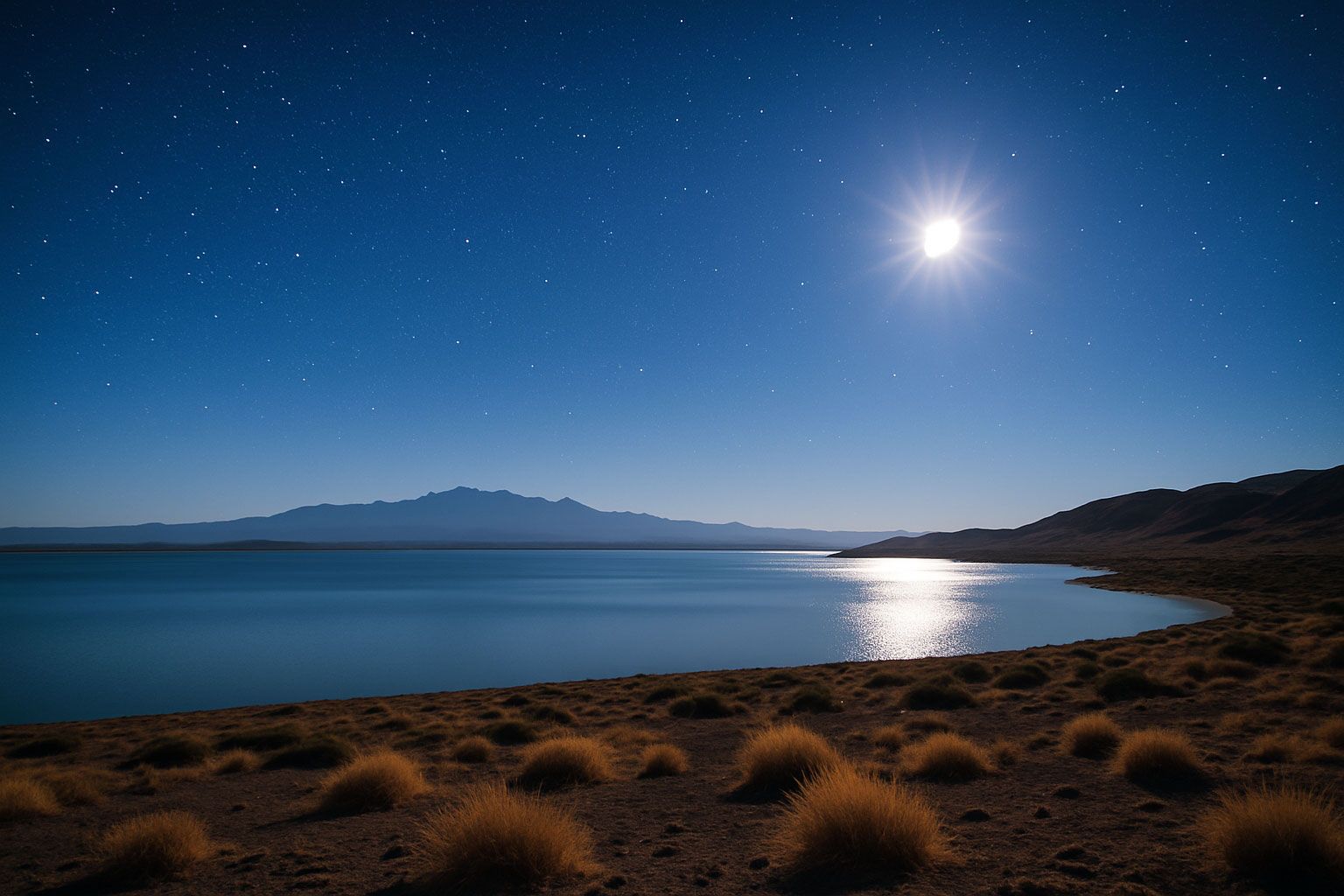
Lake Turkana, situated in Kenya's northern rift, is a vast desert lake surrounded by volcanic hills. It's the largest desert lake globally and the world's fourth-largest salt lake. The lake is surrounded by volcanic rock and often experiences violent onshore winds and storms.
Unique Photography Elements:
- Jade-colored waters contrasting with volcanic landscapes
- Traditional communities including Turkana, El Molo, and Rendille peoples
- Dramatic storm systems and cloud formations
- Volcanic rock formations and lunar-like landscapes
- Crocodile populations in their natural habitat
Photography Challenges and Solutions:
- Wind Protection: Use lens hoods and protect equipment from dust
- Heat Management: Early morning and late afternoon shooting
- Cultural Sensitivity: Always ask permission before photographing people
- Remote Location: Bring backup equipment and plenty of batteries
3. Great Rift Valley - Geological Drama
The Great Rift Valley offers diverse landscape photography opportunities from lakes to escarpments, providing dramatic geological backdrops.
Key Photography Locations:
- Lake Nakuru: Pink flamingo flocks and yellow fever trees
- Lake Naivasha: Hippos, herons, and papyrus swamps
- Hell's Gate National Park: Towering cliffs and geothermal features
- Lake Bogoria: Hot springs and geysers with flamingo populations
- Menengai Crater: Volcanic caldera views and forest landscapes
4. Coastal Landscapes - Indian Ocean Beauty

Kenya's 480-kilometer coastline provides diverse marine and coastal photography opportunities.
Coastal Photography Highlights:
- Lamu Island: The undisputed gem of the Kenyan shoreline, an ancient Swahili town, and a UNESCO World Heritage site noted for its beautiful waterfront
- Diani Beach: Pristine white sand beaches with palm trees
- Watamu: Coral reefs and traditional dhow boats
- Malindi: Historic architecture and cultural fusion
Technical Photography Tips for Kenya
Camera Settings for Wildlife
Shutter Priority Mode (S/Tv):
- Flying Birds: 1/2000s - 1/4000s
- Running Animals: 1/1000s - 1/2000s
- Walking Animals: 1/500s - 1/1000s
- Stationary Subjects: 1/250s - 1/500s
ISO Performance:
- Golden Hour: ISO 400-800
- Midday: ISO 100-400
- Overcast: ISO 800-1600
- Dense Forest: ISO 1600-3200
Lens Recommendations
Wildlife Photography:
- Primary: 100-400mm or 150-600mm telephoto zoom
- Backup: 70-200mm f/2.8 for closer subjects
- Wide shots: 24-70mm for environmental portraits
Landscape Photography:
- Ultra-wide: 14-24mm for expansive vistas
- Wide-angle: 24-70mm for versatile compositions
- Telephoto: 70-200mm for compressed landscape compositions
Essential Accessories
Must-Have Gear:
- High-capacity memory cards (64GB+ recommended)
- Extra batteries (cold and heat affect battery life)
- Lens cleaning kit for dust and moisture
- Polarizing filters for sky and water enhancement
- Neutral density filters for long exposures
- Sturdy tripod for low-light and landscape work
Seasonal Photography Planning
Dry Season (June-October)
Advantages:
- Clear skies for mountain and landscape photography
- Concentrated wildlife around water sources
- Minimal vegetation for unobstructed animal shots
- Excellent visibility for long-distance photography
Optimal Destinations:
- Maasai Mara for migration photography
- Amboseli for Kilimanjaro views
- Mount Kenya for clear mountain shots
- Northern Kenya for desert landscapes
Wet Season (November-May)
Advantages:
- Lush green landscapes and dramatic skies
- Bird migration and breeding seasons
- Fewer tourists for unobstructed photography
- Dynamic weather patterns for atmospheric shots
Recommended Focus:
- Bird photography in all parks
- Landscape photography with dramatic clouds
- Newborn animals in February-March
- Flower and macro photography

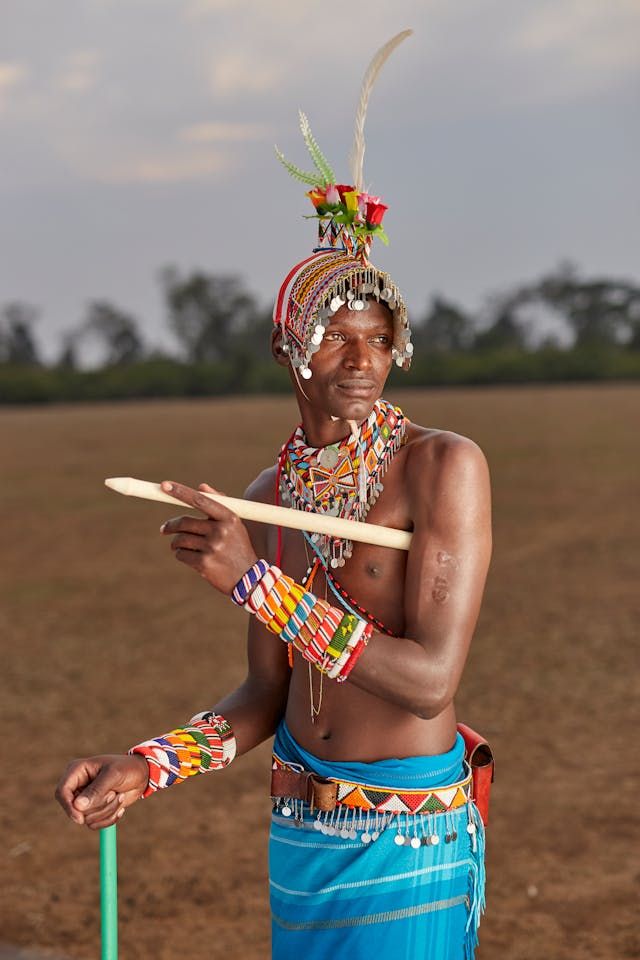
Cultural and Ethical Photography Considerations
Photographing Local Communities
Respectful Approach:
- Always ask permission before photographing people
- Learn basic greetings in local languages
- Offer to share photos with subjects
- Respect cultural customs and dress codes
- Consider hiring local guides for cultural insights
Fair Compensation:
- Pay fair rates for posed portraits
- Support local communities through guide services
- Purchase crafts directly from artisans
- Contribute to community conservation projects
Wildlife Photography Ethics
Responsible Practices:
- Maintain safe distances from all wildlife
- Never disturb animals for better shots
- Follow park rules and guide instructions
- Avoid using flash with nocturnal animals
- Respect breeding and feeding behaviors
Post-Processing for Kenya Photography
Landscape Enhancement
Key Adjustments:
- Graduated Filters: Balance bright skies with darker foregrounds
- Vibrance: Enhance natural colors without oversaturation
- Clarity: Add definition to mountain and rock textures
- Color Grading: Warm highlights and cool shadows for drama
Wildlife Processing
Essential Techniques:
- Eye Sharpening: Ensure animal eyes are tack sharp
- Background Softening: Use masking to blur distracting elements
- Dust Removal: Clean dust spots common in African conditions
- Color Correction: Adjust for varying light conditions
Planning Your Kenya Photography Safari
Duration Recommendations
First-Time Visitors: 10-14 days covering 3-4 major destinations Experienced Photographers: 14-21 days for specialized locations Landscape Focus: 7-10 days concentrated on specific regions Wildlife Focus: 10-14 days during optimal seasons
Budget Considerations
Accommodation Options:
- Luxury Safari Lodges: $500-1500+ per day
- Mid-Range Camps: $200-500 per day
- Budget Camping: $50-150 per day
- Photography Workshops: $300-800 per day including instruction
Transportation
Self-Drive Options:
- 4WD vehicle rental for maximum flexibility
- GPS navigation and offline maps essential
- Park entry fees and accommodation booking required
Guided Tours:
- Professional photography guides with local knowledge
- Specialized vehicles with photography modifications
- Access to exclusive locations and timing
- Technical guidance and location scouting